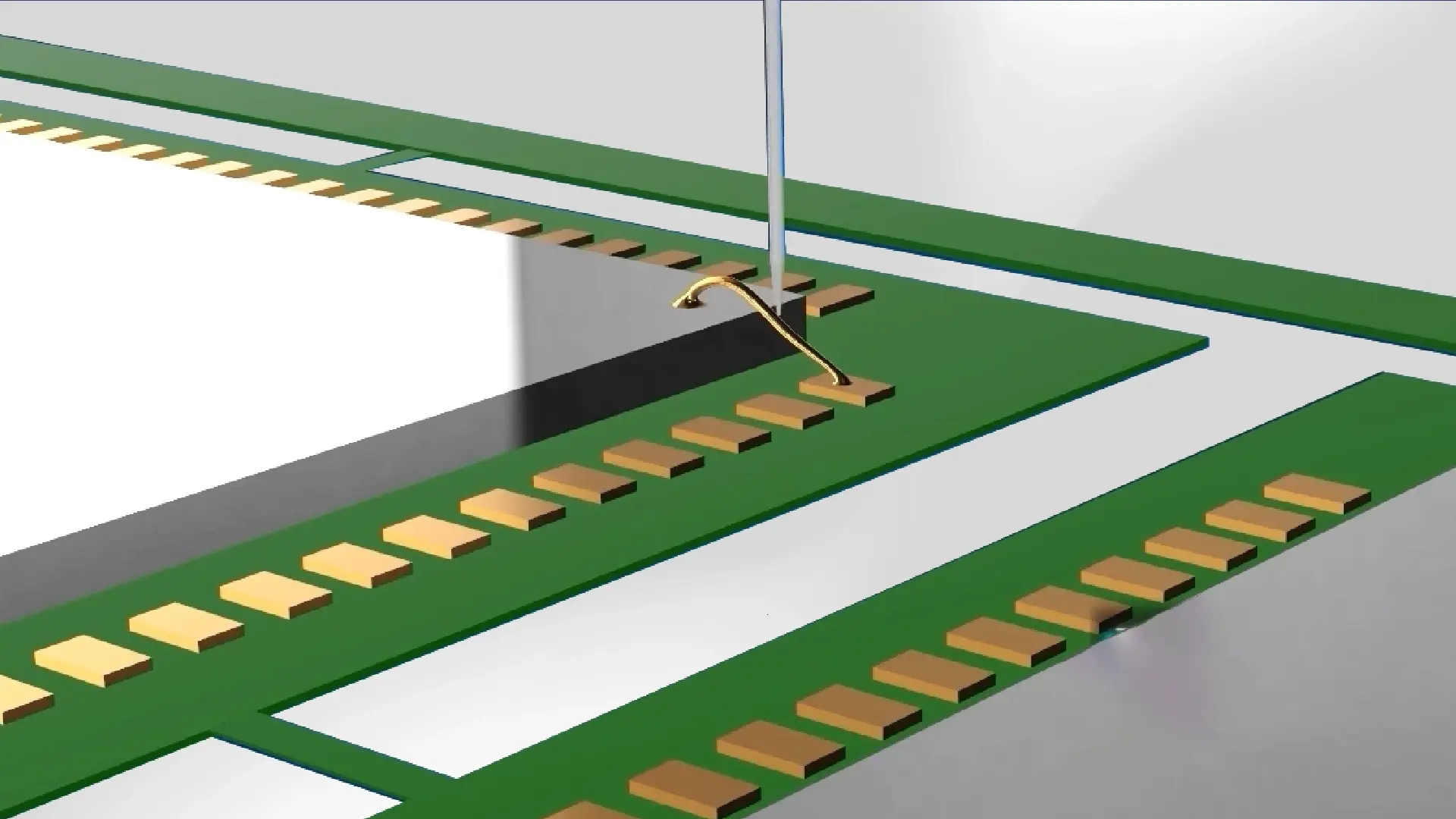Digital Continuity in Battery Manufacturing
In this podcast, explore the key challenges and future potential of battery manufacturing, and how camLine’s digital continuity solution improves efficiency and safety.
In semiconductor backend manufacturing, monitoring equipment performance and operator efficiency is crucial for maintaining production stability and optimizing yield. However, traditional Statistical Process Control (SPC) charts primarily focus on product quality and often fail to capture equipment deviations or shift-based variations.
To overcome this limitation, manufacturers need a more efficient way to group and analyze production data. This Work Smarter video demonstrates how camLine’s Trend Grouping Plug-in (TGP) enables faster root cause analysis and problem-solving using LineWorks SPACE Chart Plug-ins, making it easier to identify trends based on shifts, time, and equipment performance.

In semiconductor backend manufacturing, monitoring equipment performance and operator efficiency is crucial for maintaining production stability and optimizing yield. However, traditional Statistical Process Control (SPC) charts primarily focus on product quality and often fail to capture equipment deviations or shift-based variations.
To overcome this limitation, manufacturers need a more efficient way to group and analyze production data. This Work Smarter video demonstrates how camLine’s Trend Grouping Plug-in (TGP) enables faster root cause analysis and problem-solving using LineWorks SPACE Chart Plug-ins, making it easier to identify trends based on shifts, time, and equipment performance.
Production managers and process engineers require deep, actionable insights to quickly detect process inefficiencies and equipment anomalies. However, traditional SPC tools lack flexibility, making it difficult to analyze data by shift patterns, time periods, or machine performance. This lack of customized data grouping slows down root cause analysis and delays corrective actions.
Common challenges in semiconductor backend manufacturing include:
Explore Semiconductor Manufacturing Solutions
camLine’s Trend Grouping Plug-in (TGP) offers a powerful way to analyze production data by allowing manufacturers to group data based on shift, time period, or equipment performance. This enables faster identification of patterns that traditional SPC tools often overlook.
With the LineWorks SPACE Chart Plug-ins, semiconductor backend manufacturers can:
The LineWorks SPACE Charts Plug-ins, specifically the Trend Grouping Plug-in (TGP), transform data analysis in semiconductor backend operations by:
Get our latest updates and news directly into your inbox. No spam.